Overview of Robot tracks and Robot Welding
Robot tracks are essential to improve the capabilities of welding robots in the fast developing field of industrial automation. Welding robots can now operate with increased accuracy, productivity, and adaptability in a range of industrial settings because to these developments in robot tracks. Leading this technological revolution has been EVS, offering cutting-edge robot tracks that work in unison with welding robots. This article explores the role that robot tracks have played in strengthening the technology of welding robots and how these advancements will influence industrial automation in the future.
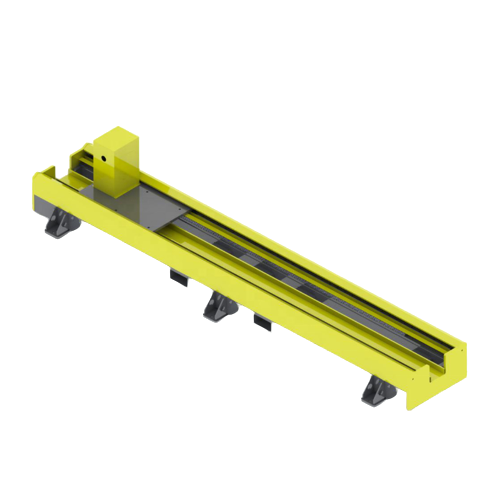
The EVS Robot Walking Rail’s features
The purpose of the EVS Robot Walking Rail is to maximize the mobility and placement of welding robots. Welding robots may move along a predefined course with extreme precision thanks to this sophisticated robot track system, which guarantees an accurate and effective welding procedure. The robot tracks offer stability and dependability during welding operations because they are designed to withstand the demanding conditions of industrial settings. The EVS Robot Walking Rail gives welding robots an overall performance boost and increases their effectiveness in a variety of applications thanks to its sturdy design and seamless functioning.
Extra Details:
Precision Movement: Assures welding robots are positioned accurately.
Stability: Offers a solid foundation for efficient operation.
Durability: Capable of withstanding challenging industrial environments.
Compatibility: Works well with a wide range of welding robots.
Applications: Ideal for industrial environments where extensive welding duties are required.
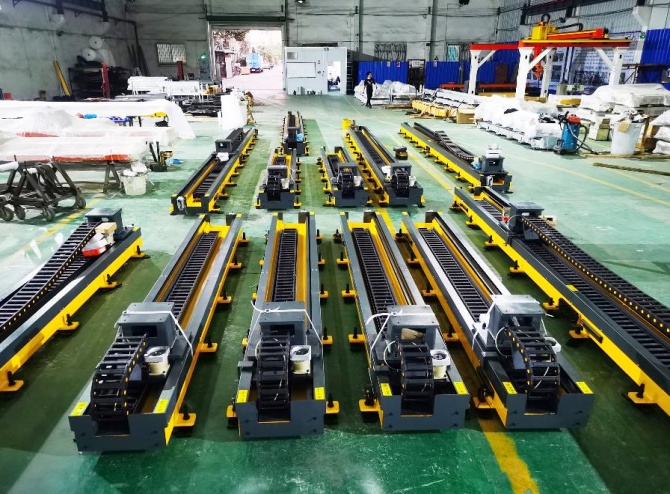
How Robot tracks Expand the Potential of Welding robots
The operational capabilities of welding robots are greatly improved by the inclusion of robot tracks. Robot tracks on welding robots enable them to travel over intricate patterns, opening up access to previously unreachable places. This mobility is essential for carrying out complex welding procedures that call for consistency and accuracy. Manufacturers may automate procedures that formerly required manual intervention, resulting in higher productivity and shorter production times, by enabling welding robots to go along robot tracks. No matter how complex the workpiece is, the combination of welding robots and robot tracks guarantees uniform quality weld application.
Extra Advantages:
Mobility: Enables welding robots to enter places that are difficult to reach.
Automation: Lessens the requirement for human involvement.
Maintains a consistent weld quality throughout the workpieces.
Efficiency: By automating difficult welding procedures, productivity is increased.
Precision: Boosts welding processes’ precision.
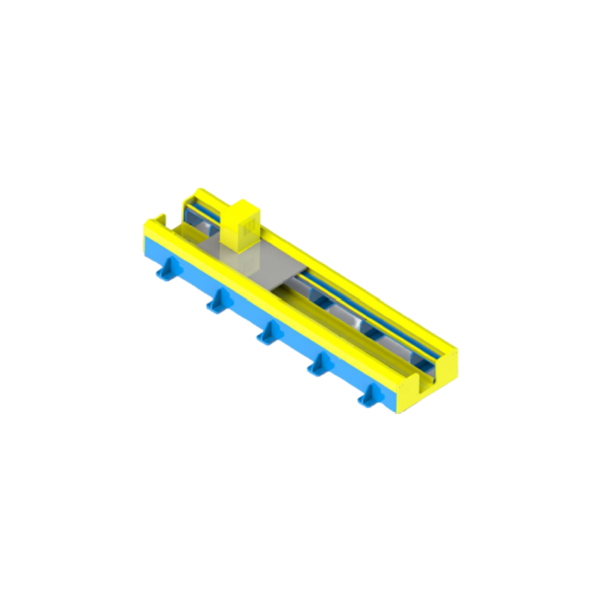
Robot tracks’ Effect on Welding Efficiency
Robot tracks allow welding robots to carry out jobs more effectively by offering a precise and regulated moving path. This improved efficiency is especially helpful in high-volume manufacturing settings where accuracy and speed are essential. Because welding robots are precisely guided along a specified path, the use of robot tracks also lessens the possibility of mistakes. As a result, there are fewer flaws and better-quality welds, which eventually lowers production costs and boosts producer profitability.
Extra Improvements:
Speed: Quickens the pace of the welding process.
Accuracy: Minimizes mistakes by directing welding robots in a straight line.
Quality: Produces welds that are better and have fewer flaws.
Cost-Effectiveness: Reduces waste and rework to lower production costs.
Productivity: Increases manufacturing operations’ total productivity.
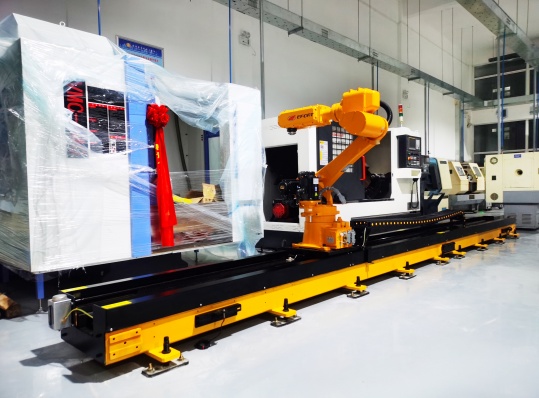
Robot tracks and Welding Robot Applications
For a variety of industrial applications, such as shipbuilding, aeronautical engineering, and the manufacture of automobiles, robot tracks and welding robots are perfect. Accuracy and productivity are critical in these fields, and the capacity to automate difficult welding operations is a big benefit. Robot tracks enable welding robots to carry out jobs including connecting complex components, welding massive structures, and operating on uneven terrain. Because of their adaptability, robot tracks are a crucial part of contemporary manufacturing, allowing welding robots to easily do a wide range of tasks.
Extra Uses:
Automotive: Accurate joining of car parts.
Large, intricate structures are welded together in shipbuilding.
Aerospace: Premium welds on important components.
Construction: Sturdy welding for large equipment and machinery.
Electronics: Precision is needed for delicate welding processes.
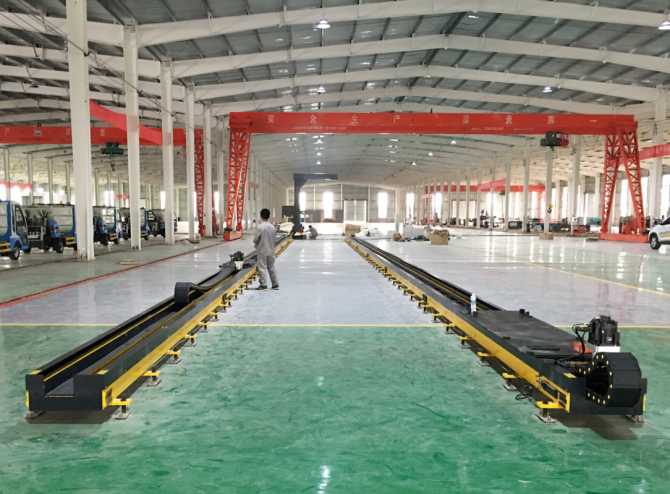
In summary: Robot tracks and Welding robots: The Future of Welding
To sum up, the welding sector is undergoing a change thanks to the incorporation of robot tracks with welding robots. With the mobility and accuracy required to complete intricate welding jobs, EVS’s sophisticated robot tracks are engineered to optimize the performance of welding robots. This potent mixture lowers manufacturing costs and boosts overall productivity in addition to enhancing the caliber and effectiveness of welding operations. The function of robot tracks in the development of welding robots technology will only grow in importance as industries continue to embrace automation. Purchasing EVS robot tracks and welding robots is a calculated risk that enterprises hoping to maintain an advantage in the cutthroat industrial sector can take advantage of in the long run.
Go to the following product page for further information in-depth about these products:
With EVS robot tracks and welding robots, you can improve your welding operations right now.

